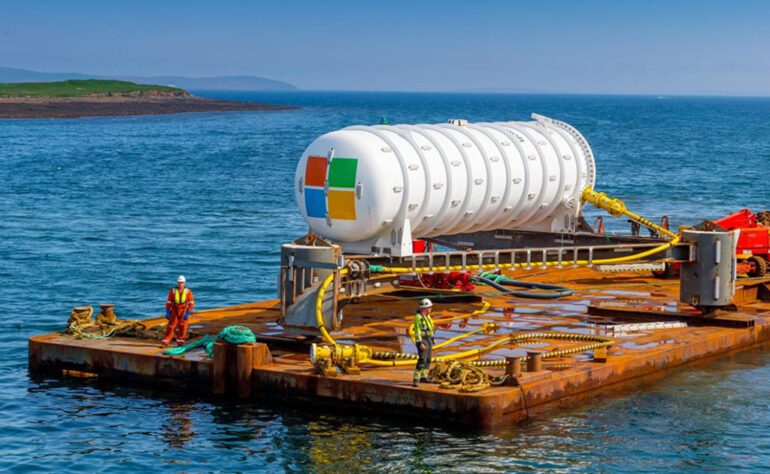TL;DR:
- Microsoft’s water usage surged by 30% between 2021 and 2022.
- This increase is linked to the demand for cooling data centers housing AI supercomputers.
- Microsoft’s investment in AI, including support for OpenAI, is a major driver of water consumption.
- Local utility companies are concerned about the impact on nearby water sources.
- Google is also experiencing a 20% increase in water usage due to its AI investments.
- Rising global temperatures are exacerbating the challenge of cooling data centers.
- Tech companies must innovate in sustainability and resource management to address these environmental concerns.
Main AI News:
In the ever-evolving landscape of artificial intelligence and the rapid proliferation of data centers, a new challenge is emerging—water usage. Microsoft, a key player in this technological revolution, recently unveiled a startling surge in its water consumption between 2021 and 2022, shedding light on the pressing issue.
According to Microsoft’s latest sustainability report, the software giant’s water usage surged from 4,772,890 cubic meters in 2021 to a staggering 6,399,415 cubic meters in 2022. This surge represents an alarming 30 percent increase in just one year, translating to nearly 1.7 billion gallons of water. To put it in perspective, that volume could fill over 2,000 Olympic-sized swimming pools.
The question arises: Why did Microsoft require such an immense volume of water? The answer lies in the demanding nature of data centers housing AI supercomputers. These centers generate considerable heat, and any overheating can lead to computer shutdowns. Microsoft’s escalating water usage is intricately linked to its investments and advancements in AI technology. Notably, Microsoft has thrown its weight behind OpenAI, which operates a data center in Des Moines, Iowa. During the summer months, the data center must utilize copious amounts of water to maintain optimal equipment temperatures, a challenge exacerbated by Iowa’s rising temperatures attributable to climate change.
To cool the supercomputers responsible for AI system development, water is drawn from nearby watersheds, including the Des Moines and Raccoon rivers. Yet, this draws concern from the local utility company, West Des Moines Water Works, as these waterways also supply drinking water to nearby communities.
A document issued by the utility in April 2022 emphasized that future data center projects beyond Microsoft Data Center Project Ginger East and West, would only be considered if they could significantly reduce their water consumption. The document stated, “This approach to resource conservation will help preserve the water supply for current and future commercial and residential needs of West Des Moines.“
Microsoft is not alone in grappling with this challenge. Google, another tech titan heavily invested in AI, reported a 20% increase in water usage from 2021 to 2022 in its environmental report released this July. The company is actively working on climate-conscious data center cooling methods and a water stewardship strategy to address the environmental impact.
As the planet continues to warm, cooling these high-demand facilities may become increasingly challenging for tech giants. While many data centers are strategically located in cooler regions like the Pacific Northwest and states such as Iowa in the upper Midwest, they are not immune to the intensifying heatwaves triggered by the climate crisis.
The struggle to keep data centers operational during extreme heatwaves is a shared concern among tech companies. Just last September, Twitter’s data center in Sacramento experienced equipment shutdowns during a heatwave. Overseas, Google and Oracle faced similar challenges when their London-based data centers went offline in July due to scorching temperatures exceeding 40 degrees Celsius (104 Fahrenheit).
Conclusion:
The substantial increase in water consumption by tech giants like Microsoft and Google as they expand their AI capabilities signifies a pressing sustainability challenge. It highlights the need for innovative solutions to manage the environmental impact of data centers and the growing demand for artificial intelligence. This trend will likely drive investments in water-efficient cooling technologies and resource conservation measures in the tech market.

